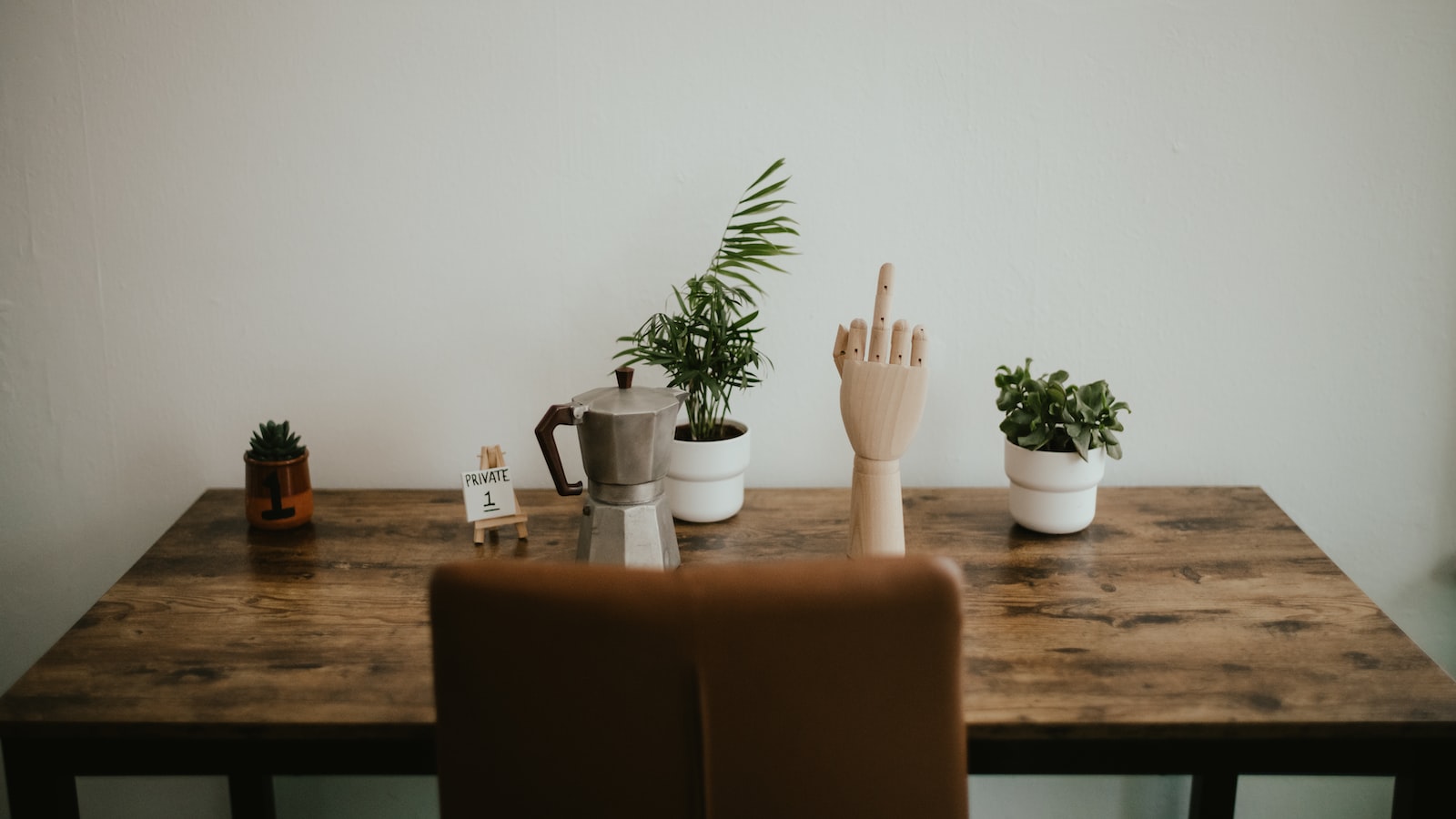Growing Peppers Indoors – Guidelines & Tips
If you’ve ever dreamed of growing your own beautiful, flavorful peppers, then you can do it indoors for a fraction of the cost and effort of an outdoor garden. Indoor pepper growing can be a fun project for anyone, regardless of their gardening experience. With a bit of knowledge and planning you can have a thriving spicy pepper garden growing right in your home.
Choose the Right Pepper Variety
When picking your pepper variety, choose a pepper that can be successful when grown indoors. Some varieties are easier to grow indoors than others, such as banana peppers, jalapeños, bell peppers, and cayenne. You can also try other types, such as Serrano peppers, or even hotter varieties like habanero and ghost peppers.
Purchase High Quality Seed
Make sure to purchase high quality seeds from a reputable supplier. Seeds should be free of disease or other issues, and will hold a higher germination rate. This will ensure that you have more peppers producing on your plants.
Use a High-Quality Potting Mix
Make sure that you are using a high-quality potting mix. This should have the right combination of drainage, water retention, and nutrienst. Peppers prefer a soil that is slightly acidic, so make sure to add the right elements to ensure that your soil is in the right range.
Proper Drainage & Watering
Draining is essential when growing peppers indoors, to keep the potting mix from becoming oversaturated or stagnant. Make sure the pot has drainage holes and that the potting mix is loose enough to allow water to drain well without puddling. Water plants when the top of the soil feels dry to the touch, checking in small areas rather than topping off the whole pot.
Light & Temperature Requirements
Peppers need a lot of light to produce — at least 8 hours of direct sunlight or 12 hours of fluorescent light a day. If possible, place the peppers near a small fan to create some wind and provide additional air circulation. For temperature, try to maintain a range of 60-80 degrees Fahrenheit.
Fertilizer
Fertilize your peppers on a regular basis, as they are hungry for nutrients. Use a balanced, low-nitrogen fertilizer that is rich in potassium and phosphorus. Organic fertilizers such as fish emulsion or compost tea are great options as they are not harsh or dangerous to your peppers. Also, be careful not to burn the plants by over-fertilizing.
Pest Control
Keep an eye out for pests. Common pests such as aphids, mites, and whiteflies can be treated with natural methods such as neem oil or insecticidal soap. Keep plants well-watered and free of debris and dead leaves. Wash with a jet sprayer or a hose on a gentle setting to dislodge pests from the plants.
Harvesting
Harvest your peppers when fruits are plump and firm. Wear gloves when handling peppers, as they can cause skin irritation and discomfort. Peppers can be used in a variety of dishes and snacks. Enjoy!
Have you ever grown peppers indoors? Share your experiences in the comments below!



